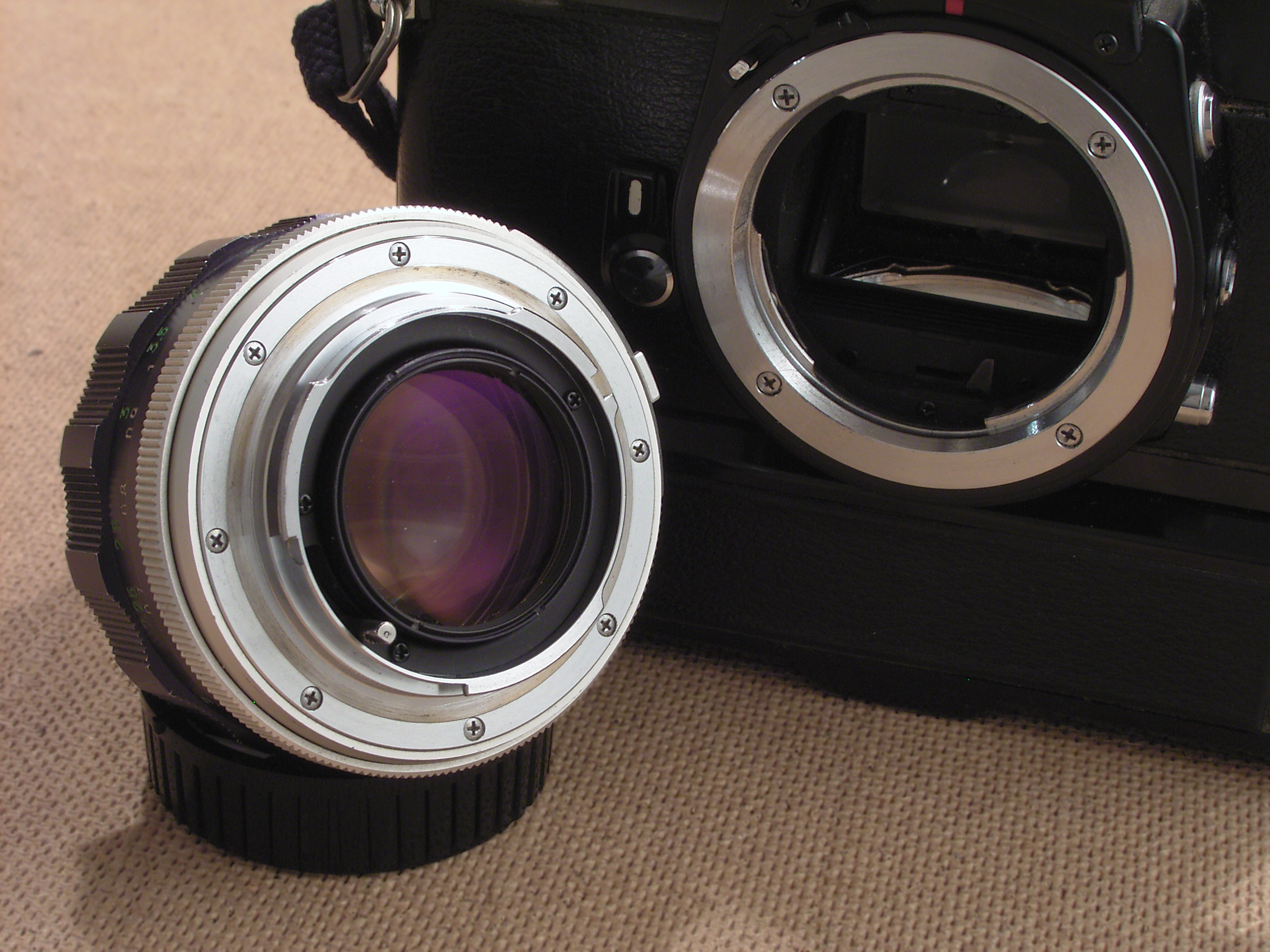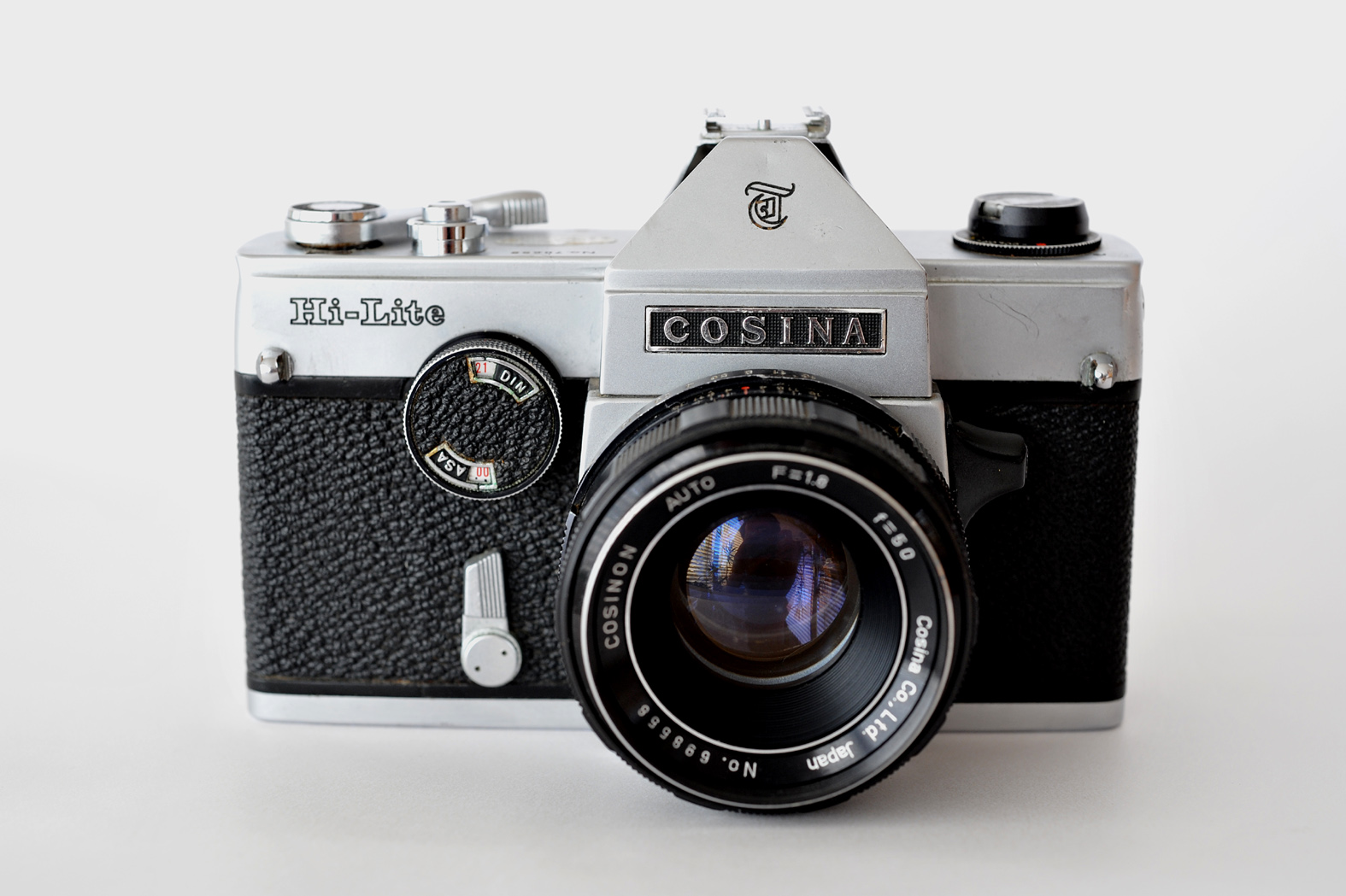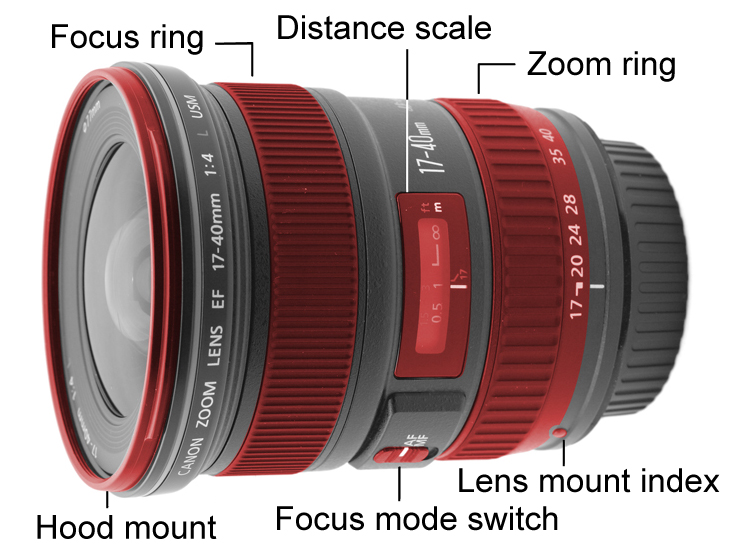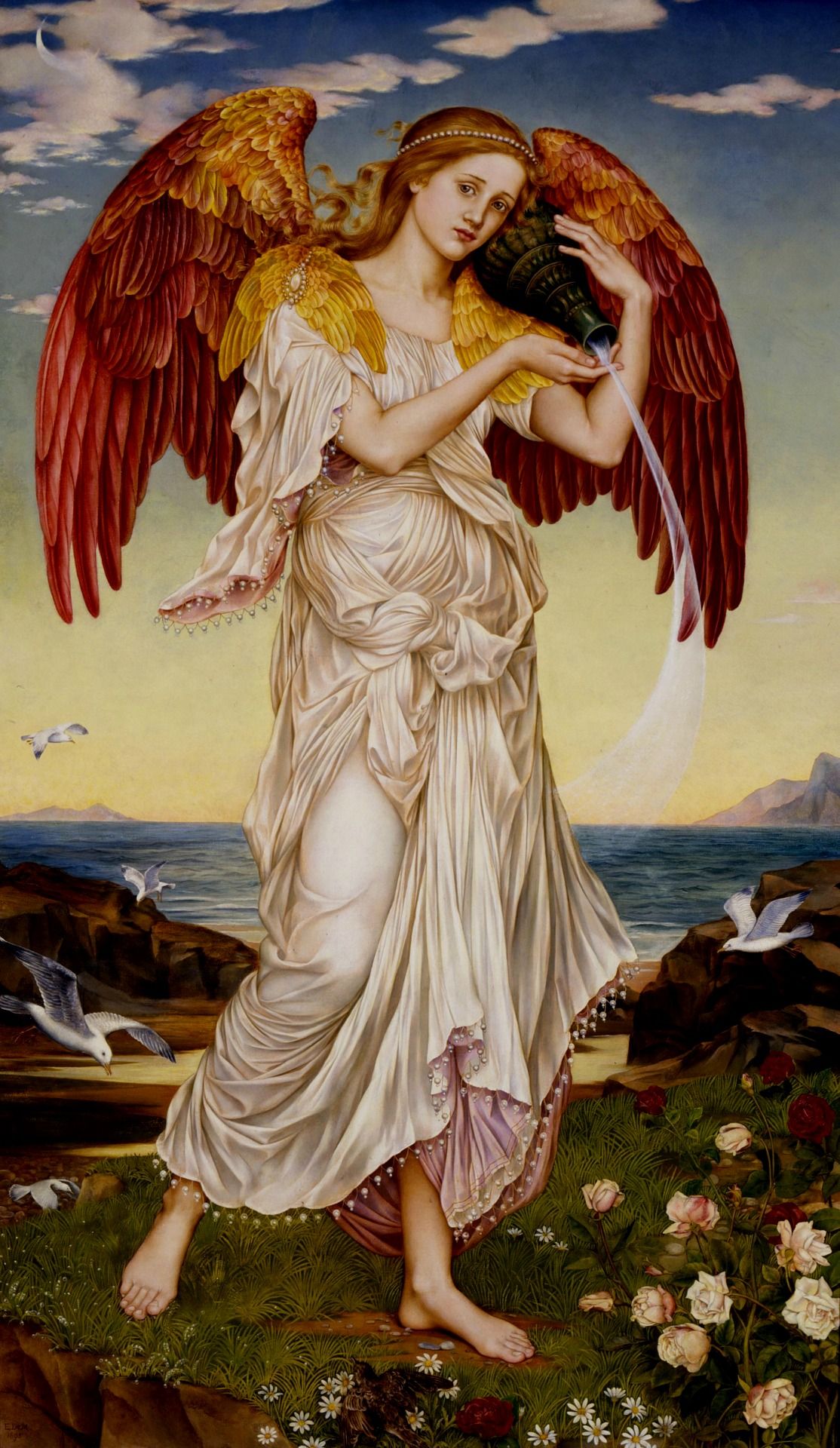|
M42 Mount
The M42 lens mount is a screw thread mounting standard for attaching lenses to 35 mm cameras, primarily single-lens reflex models. It is more accurately known as the M42 × 1 mm standard, which means that it is a metric screw thread of 42 mm diameter and 1 mm thread pitch. (The M42 lens mount should not be confused with the T-mount, which shares the 42mm throat diameter, but differs by having a 0.75mm thread pitch.) It was first used by the East German brands VEB Zeiss Ikon in the Contax S of 1949, and KW in the Praktica of the same year. VEB Zeiss Ikon and KW were merged into the Pentacon brand in 1959, along with several other East German camera makers. M42 thread mount cameras first became well known under the Praktica brand, and thus the M42 mount is known as the Praktica thread mount.The M42 mount is sometimes referred to as a "P" thread. See, e.g., Since there were no proprietary elements to the M42 mount, many other manufacturers used it; this ha ... [...More Info...] [...Related Items...] OR: [Wikipedia] [Google] [Baidu] |
Lens Mount
A lens mount is an interface – mechanical and often also electrical – between a photographic camera body and a lens. It is a feature of camera systems where the body allows interchangeable lenses, most usually the rangefinder camera, single lens reflex type, single lens mirrorless type or any movie camera of 16 mm or higher gauge. Lens mounts are also used to connect optical components in instrumentation that may not involve a camera, such as the modular components used in optical laboratory prototyping which join via C-mount or T-mount elements. Mount types A lens mount may be a screw-threaded type, a bayonet-type, or a breech-lock (friction lock) type. Modern still camera lens mounts are of the bayonet type, because the bayonet mechanism precisely aligns mechanical and electrical features between lens and body. Screw-threaded mounts are fragile and do not align the lens in a reliable rotational position, yet types such as the C-mount interface are still widely in us ... [...More Info...] [...Related Items...] OR: [Wikipedia] [Google] [Baidu] |
Cosina
is a manufacturer of high-end optical glass, optical precision equipment, cameras, video and electronic related equipment, based in Nakano, Nagano Prefecture, Japan. History Cosina is the successor to Nikō (or "Nikoh"), a company set up as a lens processing factory in February 1959, which was a pioneer in optical polishing and lens grinding in Japan. In 1966, it also started to manufacture 35 mm compact cameras and 8 mm cine cameras, and a year later started the manufacture of 35mm film SLR cameras; in 1968 it started a glass melting factory. Nikō changed its name to Cosina in 1973. (The first part of the name is a reference to the Koshi area within Nakano, where the founder came from; while the 'Na' represents Nakano.) The name Cosina has previously appeared on compact and SLR cameras for 135 film. The CS-2 and CS-3 SLRs were introduced in 1978, followed in 1980 by the CT-1, CT-7 (the world's first all—push-button SLR), CT-10 and CT-20, the CT-1G in 1982 and th ... [...More Info...] [...Related Items...] OR: [Wikipedia] [Google] [Baidu] |
Samsung NX-mount
The Samsung NX-mount is the lens mount used on NX series mirrorless interchangeable lens cameras by Samsung. The mount was first implemented in the Samsung NX10, and Samsung initially referred to the NX line as 'hybrid digital cameras', citing their combination of attributes of both DSLR and compact cameras. The mount is designed for APS-C image sensors, with a 1.54x crop factor. Optical image stabilization is featured on some of the lenses, indicated by an "OIS" marking. Automatic focusing on NX lenses is handled by a dedicated electric motor built into the lens. Samsung NX lenses (with some early exceptions) include i-Function (iFn), which allows control of various camera settings via a ring and button on the lens. NX5 and NX10 cameras support iFn since firmware 1.10 and 1.20 respectively, while all subsequent models support iFn natively. NX lenses Samsung NX lenses are listed in the following sortable table. ;Table Notes Samyang Optics (Bower, Rokinon, Walimex) lense ... [...More Info...] [...Related Items...] OR: [Wikipedia] [Google] [Baidu] |
Sony E-mount
The E-mount is a lens mount designed by Sony for their NEX ("New E-mount eXperience") and ILCE series of camcorders and mirrorless cameras. The E-mount supplements Sony's α mount, allowing the company to develop more compact imaging devices while maintaining compatibility with 35mm sensors. E-mount achieves this by: * Minimising mechanical complexity, removing mechanical aperture and focus drive. * Shortening the flange focal distance to 18 mm compared with earlier offerings from Sony which used 44.5 mm. * Reducing the radius of the flange. The short flange focal distance prohibits the use of an optical viewfinder, as a mirror box mechanism cannot be included in this reduced distance. Therefore all E-mount cameras use an electronic viewfinder. History Initially, E-mount was implemented on the Sony α NEX-3 and NEX-5 consumer-targeted devices with APS-C sized sensors. E-mount integration into Sony camcorder products was provided with the Sony Handycam NEX-VG10. On 2 ... [...More Info...] [...Related Items...] OR: [Wikipedia] [Google] [Baidu] |
Minolta A-mount
was a Japanese manufacturer of cameras, camera accessories, photocopiers, fax machines, and laser printers. Minolta Co., Ltd., which is also known simply as Minolta, was founded in Osaka, Japan, in 1928 as . It made the first integrated autofocus 35 mm SLR camera system. In 1931, the company adopted its final name, an acronym for "Mechanism, Instruments, Optics, and Lenses by Tashima". In 2003, Minolta merged with Konica to form Konica Minolta. On 19 January 2006, Konica Minolta announced that it was leaving the camera and photo business, and that it would sell a portion of its SLR camera business to Sony as part of its move to pull completely out of the business of selling cameras and photographic film. History Milestones *1928: establishes Nichi-Doku Shashinki Shōten ("Japanese-German photo company," the precursor of Minolta Co., Ltd.). *1929: Marketed the company's first camera, the "Nifcarette" (ニフカレッテ). *1937: The Minolta Flex is Japan's second twin- ... [...More Info...] [...Related Items...] OR: [Wikipedia] [Google] [Baidu] |
Pentax K-mount
The Pentax K-mount, sometimes referred to as the "PK-mount", is a bayonet lens mount standard for mounting interchangeable photographic lenses to 35 mm single-lens reflex (SLR) cameras. It was created by Pentax in 1975, and has since been used by all Pentax 35 mm and digital SLRs and also the MILC Pentax K-01. A number of other manufacturers have also produced many K-mount lenses and K-mount cameras. Mounts The Pentax K-mount has undergone a number of evolutions over the years as new functionality has been added. In general, the term K-mount may refer to the original K-mount, or to all its variations. Originally designed by Zeiss for an alliance with Pentax, it was intended to be a common lens mount for a proposed series of cameras and lenses. However, the plan failed to work out and the two firms parted company amicably, but Pentax retained the lens mount and at least one Zeiss lens design for its own use. K-mount The original K-mount is a simple bayonet con ... [...More Info...] [...Related Items...] OR: [Wikipedia] [Google] [Baidu] |
Canon EOS
Canon EOS (Electro-Optical System) is an autofocus single-lens reflex camera (SLR) and mirrorless camera series produced by Canon Inc. Introduced in 1987 with the Canon EOS 650, all EOS cameras used 135 film, 35 mm photographic film, film until October 1996 when the Canon EOS IX, EOS IX was released using the new and short-lived Advanced Photo System, APS film. In 2000, the Canon EOS D30, D30 was announced, as the first digital photography, digital SLR designed and produced entirely by Canon. Since 2005, all newly announced EOS cameras have used digital image sensors rather than film. The EOS line is still in production as Canon's current digital SLR (DSLR) range, and, with the 2012 introduction of the Canon EOS M, Canon's mirrorless interchangeable-lens camera (MILC) system. In 2018 the system was further extended with the introduction of the EOS R camera, Canon's first full frame mirrorless interchangeable lens system. The development project was called "EOS" (Electro Optical ... [...More Info...] [...Related Items...] OR: [Wikipedia] [Google] [Baidu] |
Flange Focal Distance
For an interchangeable lens camera, the flange focal distance (FFD) (also known as the flange-to-film distance, flange focal depth, flange back distance (FBD), flange focal length (FFL), back focus or register, depending on the usage and source) of a lens mount system is the distance from the mounting flange (the interlocking metal rings on the camera and the rear of the lens) to the film or image sensor plane. This value is different for different camera systems. The range of this distance, which will render an image clearly in focus within all focal lengths, is usually measured to a precision of hundredths of millimetres, and is not to be confused with depth of field. Lenses can be adapted from one mount (and respective FFD) to another. FFD determines whether infinity focus can be accomplished with a simple non-optical adapter. Optics to correct for distance introduce more cost and can lower image quality, so non-optical lens adapters are preferred. A simple non-optical ada ... [...More Info...] [...Related Items...] OR: [Wikipedia] [Google] [Baidu] |
EOS D30 With Pentacon Lens
In ancient Greek mythology and religion, Eos (; Ionic and Homeric Greek ''Ēṓs'', Attic ''Héōs'', "dawn", or ; Aeolic ''Aúōs'', Doric ''Āṓs'') is the goddess and personification of the dawn, who rose each morning from her home at the edge of the river Oceanus to deliver light and disperse the night. In Greek tradition and poetry she is characterized as a goddess with a great sexual appetite, who took numerous lovers for her own satisfaction and bore them several children. Like her Roman counterpart Aurora and Rigvedic Ushas, Eos continues the name of an earlier Indo-European dawn goddess, Hausos. Eos, or her earlier Proto-Indo-European (PIE) ancestor, also shares several elements with the love goddess Aphrodite, perhaps signifying Eos's influence on her or otherwise a common origin for the two goddesses. In surviving tradition, Aphrodite is the culprit behind Eos' numerous love affairs, having cursed the goddess with insatiable lust for mortal men. In Greek litera ... [...More Info...] [...Related Items...] OR: [Wikipedia] [Google] [Baidu] |
Voigtländer Bessaflex TM
Voigtländer () was a significant long-established company within the optics and photographic industry, headquartered in Braunschweig, Germany, and today continues as a trademark for a range of photographic products. History Voigtländer was founded in Vienna, Archduchy of Austria, in 1756, by . Voigtländer produced mathematical instruments, precision mechanical products, optical instruments, including optical measuring instruments and opera glasses, and is the oldest name in cameras. Early beginnings Johann Christoph Voigtländer (November 19, 1732 in Leipzig – June 27, 1797 in Vienna), the son of a carpenter, came to Prague in 1755, and to Vienna in the same year, and worked from 1757 to 1762 in the workshop of Meinicke, who produced mathematical instruments. Through Johann Voigtländer's skilful achievements, the Minister of State of the Habsburg monarchy— Prince Wenzel von Kaunitz, drew attention to Voigtländer and Empress Maria Theresa of Austria granted Voigtlän ... [...More Info...] [...Related Items...] OR: [Wikipedia] [Google] [Baidu] |
Pentax Cameras
This article discusses the cameras – mainly 35 mm SLRs – manufactured by Ricoh Imaging Corp. and its predecessors, and . Pentax must not be confused with Pentax 6x7 or Pentax 67 which are 120 medium format 6x7cm film cameras. It covers from the first "Asahiflex" models in 1952 and their successor, the pivotal "Asahi Pentax" single-lens reflex camera, last made in 1997, to the present time known as "Pentax" first made in 1981. Background The period around 1950 marked the return of the Japanese photographic industry to the vigorous level of the early 1940s, and its emergence as a major exporter. The newly reborn industry had sold many of its cameras to the occupation forces (with hugely more disposable income than the Japanese) and they were well received. The Korean War saw a huge influx of journalists and photographers to the Far East, where they were impressed by lenses from companies such as Nikon and Canon for their Leica rangefinder cameras, and also by bodies ... [...More Info...] [...Related Items...] OR: [Wikipedia] [Google] [Baidu] |
Krasnogorskiy Zavod
Krasnogorsky zavod (russian: Красногорский завод им. С. А. Зверева, , Krasnogorsk Works named after S. A. Zverev) is a Russian factory in Krasnogorsk near Moscow which specializes in optical technology. Part of Shvabe Holding (Rostec state corporation). During the Soviet period it was called Krasnogorsk Mechanical Works (, ). The abbreviation KMZ () is still in common use. Products KMZ is known largely for its photographic and movie cameras of the Zorki, Zenit and Krasnogorsk series, several million of which were produced. It also has a large military optics and mechanical engineering division. Image:Zorki4.jpg, Zorki 4 rangefinder camera Image:Zenit12.jpg, Zenit 12 SLR camera File:Kinokamera Krasnogorsk-2.jpg, Krasnogorsk-2 movie camera Image:Krasnogorsk-3_camera.jpg, Krasnogorsk-3 movie camera Image:Horizon202.jpg, Horizon 202 panoramic camera Image:%D0%A4%D0%BE%D1%82%D0%BE%D0%B0%D0%BF%D0%BF%D0%B0%D1%80%D0%B0%D1%82_%D0%9C%D0%BE%D1%81%D0%BA%D ... [...More Info...] [...Related Items...] OR: [Wikipedia] [Google] [Baidu] |


_full-frame_camera_no_body_cap.jpg)





